|
|
HELP CONTROL WATER WEEDS ON
LAKE CLAIBORNE
The Problem of
Non-Native Aquatic Vegetation
| |
AQUATIC
WEEDS CAN IMPAIR A LAKE FOR ITS CUSTOMARY USES
•
make shorelines unattractive
• make waters unusable for water activities
• force boaters to cut trails through the
weeds to access open water
• ruin boat engines clogging intakes and
jamming steering
• reduce game fish numbers and size (weeds
clog their habitat and weed decay impairs water
quality)
• hurt businesses that depend on the
lake’s recreational and residential
development opportunities.
|
|
top

Control Varies
Depending Upon the Type of Nuisance Vegetation
|
|
|
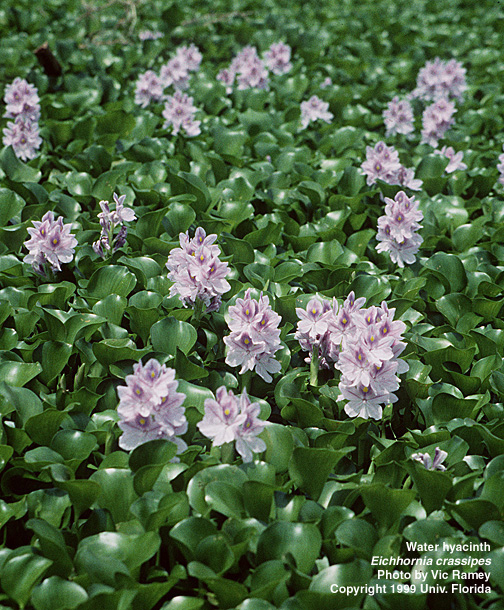
|
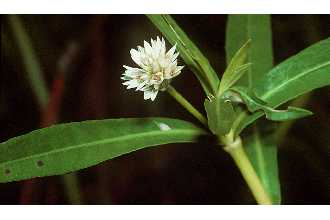
|
Water
Hyacinth
|
Alligator
Weed
|
|
|
| |
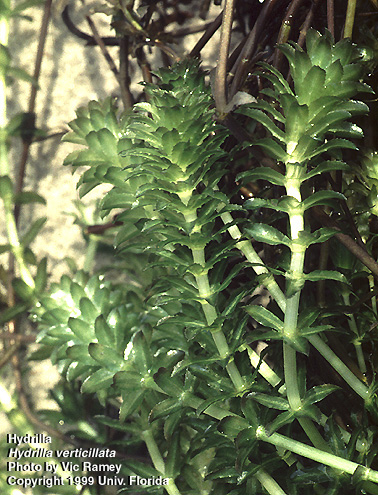
|
Hydrilla
|
|
|
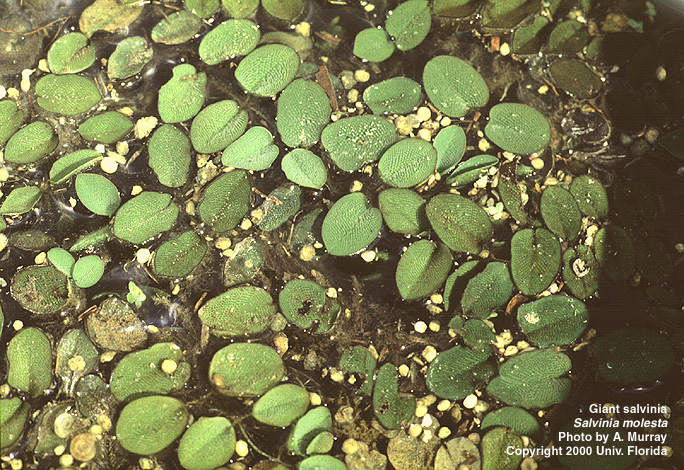
|

|
Giant
Salvinia
|
|
These non-native aquatic weeds are a local
nuisance but they are not the threat to Lake
Claiborne that Louisiana’s relatively new
invader, giant salvinia, is.
The
Department of Wildlife and Fisheries' resources
are being directed in large part to controlling
the spread of giant salvinia, leaving fewer state
resources for controlling other aquatic
weeds.
You can:
·
Work with neighbors to clear weeds by hand.
·
Call for Advice before using an herbicide.
·
If the problem is manageable only with great
difficulty, inquire
if there is help available.
|
|
Non-native aquatic weeds tend to displace native
plant and are difficult to control.
While Wildlife and Fishery biologists work to
contain such weeds, the public can help:
·
Report this weed.
Follow Boat Cleaning Directions.
Call for Advice before using an herbicide.
|
|
This very harmful non-native aquatic weed was
spotted on Lake Claiborne in 2008. It can
establish in a new area from one small fragment
and double in as little as 2-3 days. As for
other states, its control costs Louisiana
millions of dollars and consumes a major part of
the state budget for nuisance aquatic plant
control.
While Wildlife and Fishery biologists work to
contain such weeds, public involvement is
important:
·
Report this weed.
·
Follow Boat Cleaning Directions.
·
Call for Advice before using an herbicide.
|
top

What You
Can Do to Help Control Nuisance Aquatic
Vegetation on Waterbodies ATTENTION
BOATERS Brochure
| BE
AN EXTRA SET OF EYES! 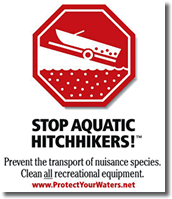
And
Report Giant Salvinia
REMEMBER:
Better a false alarm than risk spread of a
serious invader!
|
|
CLEAN
YOUR BOAT!
Lake weeds are hitchhikers, carried between lakes
by boats and trailers.
One of the best ways to prevent spread of weeds
is to
clean your boat and trailer.
Every time you use your boat, follow these steps
when you leave the water*:
- Remove plants, plant fragments, and
mud from the boat and trailer;
- Remove water from motors, jet drives,
live wells, boat hulls, scuba tanks and
regulators, boots, waders, bait buckets
and swimming floats
*
Steps apply to all equipment used in water.
|
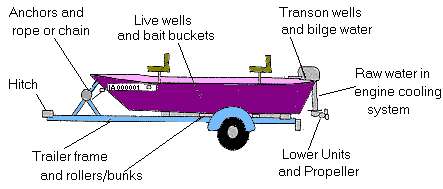
|
top

Contact Commission
Claiborne Parish Watershed District Commission
Mailing Address: P.O. Box 266, Homer, LA 71040
Physical Address: 507 W. Main, Homer, LA 71040 (Police
Jury Office Complex, Courthouse Square, Homer)
Hours: Phone Calls are answered M-F 7:30am-4:30pm Call to
request a visit with a member of the commission.
Phone: (318) 927-5161
Email: cpwatershed@yahoo.com
Clerk: Jo Anne Horner
top
|
Contact
Aquatic Plant Specialists
When to
Contact:
For Nuisance Plant Identification and Advice About
Control
Report Giant Salvinia
Whom to Contact:

Dept. of Wildlife and Fisheries biologists:
District 1 Office
1401 Talton St., Minden LA 71055
(318) 371-3050
If possible, bring a plant sample:
 LSU AgCenter Extension Service
507 W. Main
Homer, LA 71040
(318) 927-3110
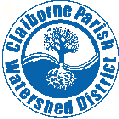
Dr.
Robert Haynes, aquatic plant specialist in Claiborne
Parish. Dr. Haynes, who serves on the Claiborne Parish
Watershed District Commission, has offered to look at
your plant sample and advise.
(318) 258-5954
Email
|



